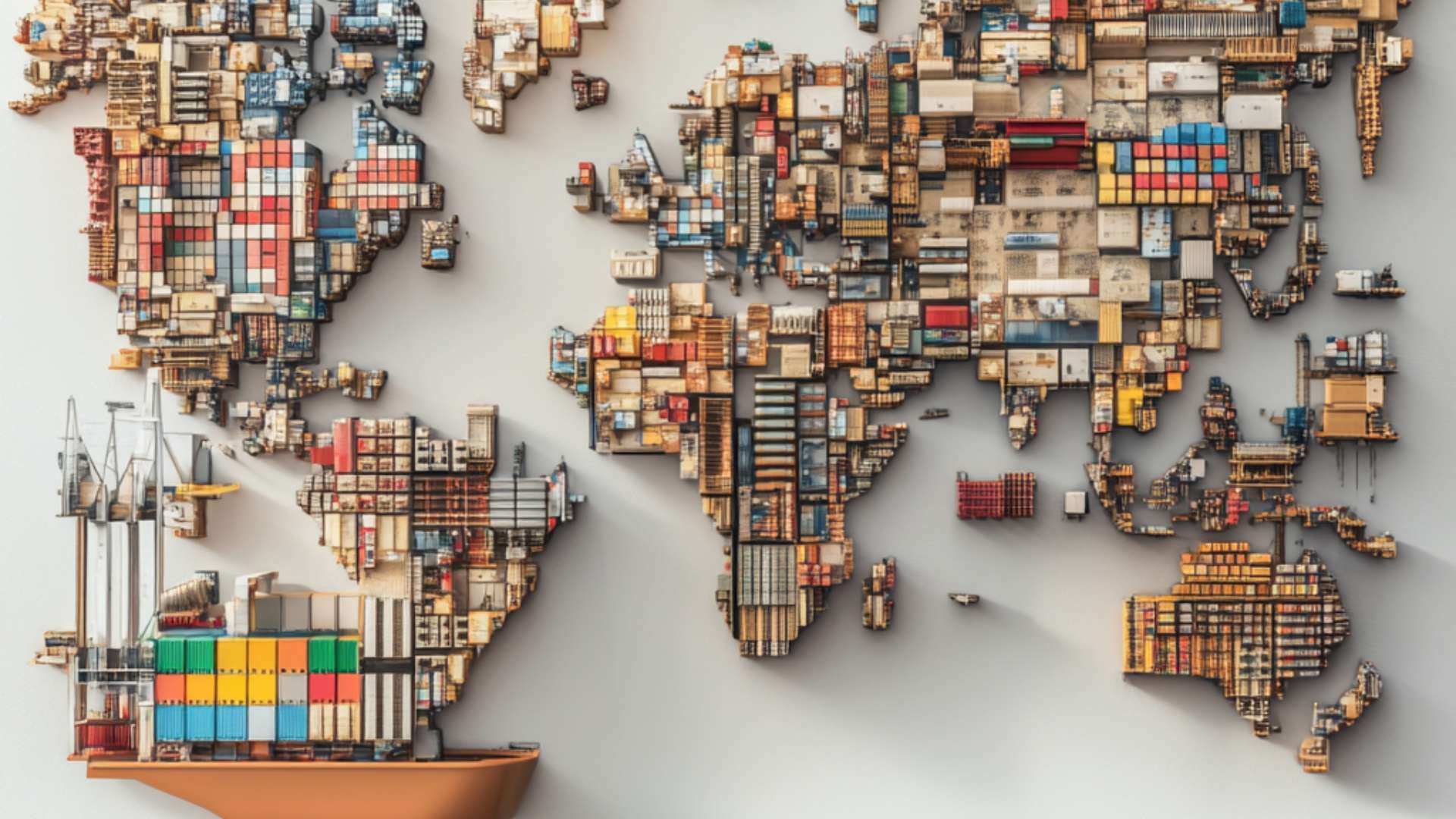Reshoring: Transforming Global Supply Chain Management with Innovative Technology Solutions
In the wake of the COVID-19 pandemic, a significant shift is occurring in global manufacturing and supply chain operations.

The Wonderful Wizard of Oz: Whether you watched the movie or read the book, you know that story. And, if you’re part of the manufacturing industry, you’re currently living it.
Offshoring promised big savings and exciting opportunities for your company. And, in some cases, it delivered. That said, with the rising costs of overseas labor and the supply chain disruptions of the COVID pandemic, many corporations are rediscovering the inherent benefits and long-term success that can come through thoughtful reshoring.
Did you know that nearly 69% of US manufacturers report successful reshoring in recent years? What’s more, over three-quarters of the North American automotive industry plans to reshore more operations by 2025.
Why? Because there’s no place like home. In fact, there are four distinct reasons you need to consider reshoring, and AI tools can help you make the move.
1. Offshoring can be expensive — and even destructive.
Offshoring is supposed to cut costs. In most cases, that’s the primary selling point for such a practice from the perspective of a manufacturing company. However, the reality is that offshore manufacturing is losing its advantage, and there are a number of hidden expenses and consequences to relying on overseas labor. Offshoring is heavily impacted by taxes and tariffs, makes quality control more difficult, and its extra expenses like transportation take up more and more of a company’s operational budget.
Beyond that, offshoring can have serious long-term consequences for the countries involved and their corporations. It creates a zero-sum skill transfer that bleeds a country of its human resources, and it prevents local job markets from growing. Conversely, reshoring makes long-term success possible for every country, and it even helps rebuild suffering job markets.
How Can AI Help?
AI offers advanced data forecasting and unparalleled risk/benefit analysis. These are absolutely essential for making confident decisions as it pertains to changing labor rates, labor markets, and lead times under a variety of reshoring and nearshoring circumstances.
2. Reshoring builds more resilient supply chains.
The COVID pandemic wasn’t the only recent world event to rock global supply chains (GSCs). A 2011 mega-earthquake in Japan and a 2004 tsunami in Indonesia both had serious and far-reaching ramifications for a number of GSCs. That said, the scale and duration of the effects from the COVID pandemic are unlike anything we’ve ever seen, and it has every manufacturing executive clamoring to fortify their company’s supply chains.
How? By reshoring as many of their operations as possible. From 2020 to 2022, the Italian ceramics industry started to feel the effects of its offshoring practices. The industry is built on high-consumption manufacturing with plenty of geopolitical risk attached to its resources, which meant its production was grinding to a halt. After executing a combination of reshoring and nearshoring strategies, the industry emerged from the pandemic stronger than ever and better prepared for the future, making it the perfect case study for reshoring as a corporate response.
How Can AI Help?
Targeted risk assessment and supply chain optimization are key components to building more resilient GSCs across an industry or within a corporation. AI digs deeper and faster than traditional methods to optimize liquidity and quickly respond to any market volatility.
3. Localization means a more sustainable future.
The Italian ceramics sector built itself a better future through reshoring and nearshoring strategies. Part of that better future was a more sustainable supply chain — more sustainable for the industry and the environment as a whole. Time and time again, reshoring strategies produce serious gains for companies trying to become more environmentally conscious, most especially when those companies collaborate with every stakeholder across its GSC.
Even from the consumer’s perspective, localization and reshoring are directly connected to national and environmental sustainability. Sure, skepticism towards reshoring still exists, particularly when it comes to pricing and production costs. However, for those companies who want to align themselves with a more sustainable future, reshoring is an essential consideration. Why? Because your supply chain is part of your brand identity.
How Can AI Help?
Less waste. More diversification. More time-to-value. These are the hallmarks of a sustainable GSC, and AI analysis and assessment is the leverage you need to make it a reality. The most advanced AI engines are a user-friendly window into the future you envision for your supply networks.
4. Countries are starting to demand more secure supply chains.
The COVID pandemic didn’t just remind companies that they need more resilient supply chains. It also reminded countries and their governments that their own supply networks are critical security considerations. As a result, both the United States and the European Union are taking efforts to safeguard their homegrown supply networks and discourage offshoring practices whenever possible. The result is a status quo built in favor of those companies who reshore or nearshore their operations at every opportunity.
It only took one global shortage of semiconductor integrated circuits for the materials research community to see why every country needs a backup plan. Do you have one?
How Can AI Help?
AI monitoring means regulatory compliance is never a concern, no matter how often or how recently the rules have changed. Such tools make a transdisciplinary approach including both reshoring and nearshoring less of a nightmare and more of an actual option for success.
This article originally appeared in CEO World Magazine. Read the source article here.

In the wake of the COVID-19 pandemic, a significant shift is occurring in global manufacturing and supply chain operations.
-2.png)
Julian Harris, CEO of RobobAI, discusses supply risk management, AI in procurement, and his entrepreneurial journey on the CEO Wisdom Podcast.

4 Ways MDM Accelerates Growth — And the Numbers to Prove It